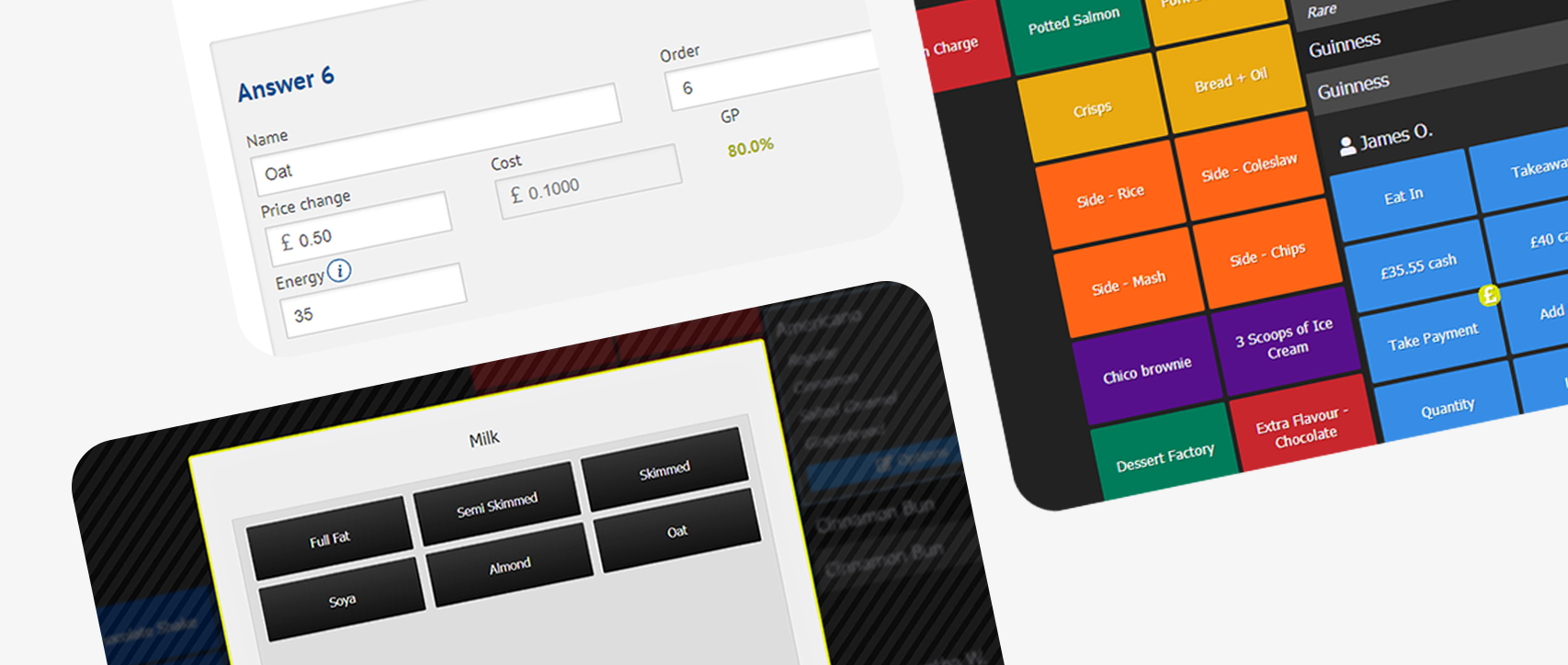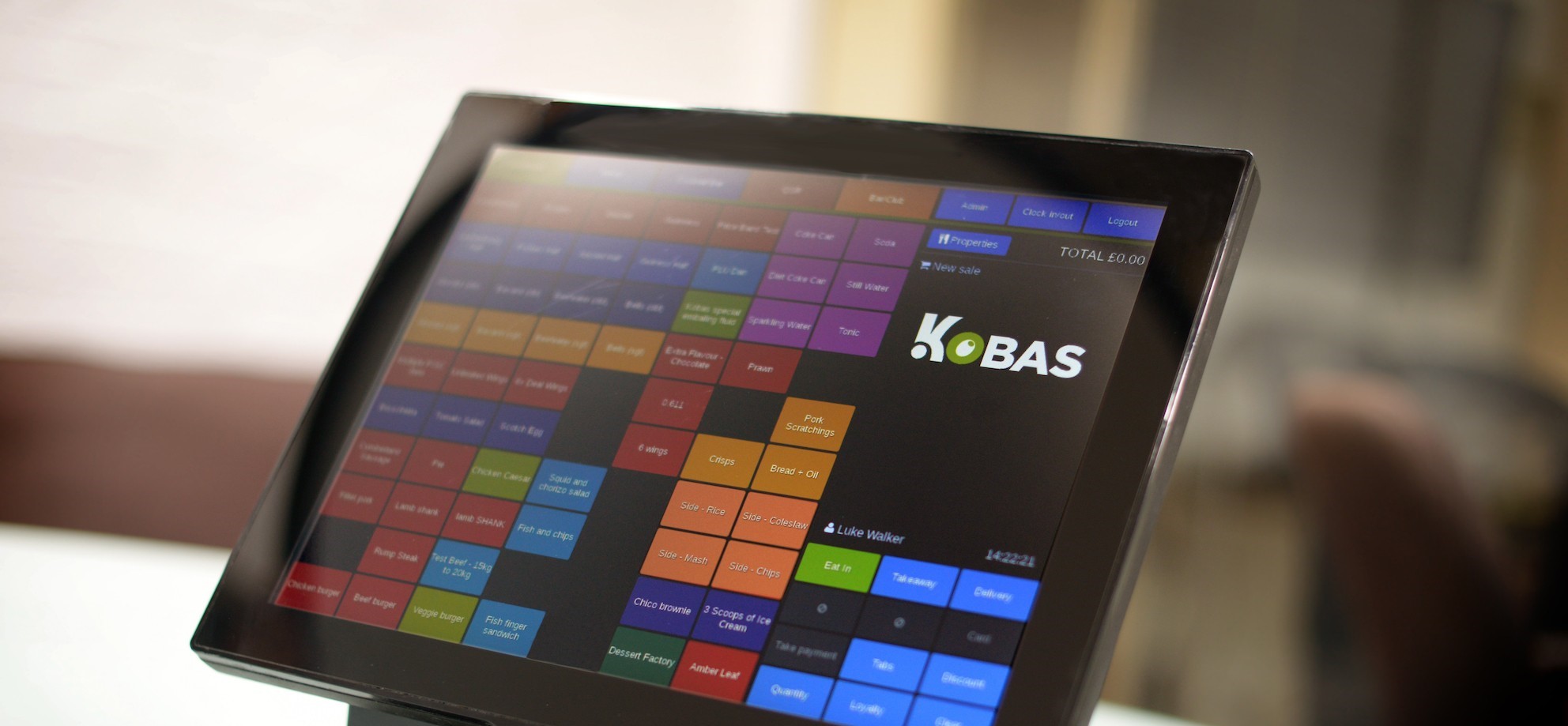This is final part of the Kovid story. If you haven’t read part 1 or part 2 it would make sense to do so first.
You have to feel sorry for Orderella and their backers. Founded in 2012 and ultimately meeting its demise in 2017, Orderella was an app that allowed customers to order their food and drink for their phone, possibly before they reached the venue, to avoid the queues. It’s as simple as it is brilliant, and I’ve often described it to others as “the best idea that doesn’t work”. They also produced what is to date my favourite piece of merchandise, the Orderella Umbrella (we still have a couple in use at home) so if any start-up was due success it was them. They identified a problem, came up with a solution, gained backing and promoted well. Sadly for them, they were just a little too ahead of their time. I’m sure that if they were still going at the start of 2020 their share price would have grown 10x or more in the last few months.
For those following the story, part 2 concluded with me, our team and our clients joining forces like never before. The government put in place measures that not only secured the future of our business, but put it on the road to success, truly the Bounce in Bounce Back Loan. Things were certainly still tight, we had most of our team on furlough and with the tiny budget we had to play with, we needed to decide what to do. At the start of March we’d began an integration with a booking platform, something we thought would take 12 weeks, but some pretty simple analysis said people weren’t going to be booking tables any time soon, so what should we look to do.
It’s not often that technology is hailed at the outright saviour of a sector, far too often the other story is of it taking away jobs through automation or similar, but here, in the midst of COVID-19, technology was the knight in shining armour that could allow life to return to close to normal. There were a few options for us, the standout ideas were a contact tracing app or an ability to place orders on your phone. We decided to leverage our experience in EPoS, allergens and web technologies to make a way for our clients’ customers to order from their own devices, simultaneously extending their reach, reducing their costs and increasing their COVID-safe credentials. My perspective was that there were people, like Julian Ross’ Wireless Social, that were much better placed to gather contact detail and given Kobas already has the menu information and has a customer portal, we were a number of steps ahead of the competition. And there was certainly a bit of competition, judging by the adverts I was served on social media and around the web, it was very much the in thing to be promoting.
Our key advantage here was that we already had knowledge of not just the menu, but also the ingredients, the allergens and a way to move data seamlessly between Cloud and local EPoS. Others might beat us to market but they could never offer as joined up an experience as we could, and we’d learnt a lot from our years of partnering with Preoday. Our pricing model also makes it very attractive: when you buy Kobas, you get Kobas; not a module or two, but everything. And as it’s a constantly evolving offering, it just gets better with time. So here we were, a small team, a well-defined project and a timeline of “about the end of May”.
I’ve been involved in software development for 20+ years and I don’t think I can remember a project that has gone so well. There was no feature creep, no interruptions, nothing other than a bunch of highly focused people working all the hours to get a product ready for launch. All that effort paid off when we were able to launch with a good day or so to spare, giving our clients an app that would work for collection, delivery or to table orders. It went live on 4th July to some 5,000 tables and was as solid as a rock. Over the remainder of the month this new application took close to £1m, not bad for something that had only existing as a card on a Trello board reading “Online Ordering” some 10 weeks previous.
This was, however, only part of the ‘bouncing’ as away from engineering I knew we needed to make other changes. For probably too long I’d shied away from having a full sales force, worried that some minor lack of functionality would make their job impossible… or the other end of the spectrum and they’d be so successful the client team would melt. Now was the time to transition from a development first company to a sales first one, or at least 50:50 for now. If you’d have told me on that fateful day in March that a few months later we’d be looking to expand the team and transition into a company with a proactive sales force, I’d have thought you were mad – having any business and any team would have felt like a win.
But there is another way to look at the situation we were in. With all the help we’d received from loans, grants, furlough and deferrals, and depending on what sort of recovery the UK and hospitality made, we calculated we had runway to about March 2021. This was really good compared to when we entered the crisis, but it wouldn’t have taken much, like a second lockdown over winter for example, to chop that runway in half. We decided, therefore, that rather than hunkering down, playing the waiting game and hoping we’d be back to normal before our cash dried up, we would rather be aggressive and grow our way out of the problem.
Trade shows, like Casual Dining, The Restuarant Show and Restuarant & Bar Tech Live, have long been about the only proactive sales and marketing activity that we’ve engaged in, and at these events there’s a good community between the tech vendors that serve the sector. In the course of drinks and pitches I’d become quite friendly with a number of people I thought would be perfect additions to Kobas when the time was right, indeed we’d spoken about the potential in the years previous, but it was never the right time; now it was. So, while on one hand our ordering system was taking shape, on the other I was working out the finer details of deals that would form the foundation of our sales and marketing function. The clincher in these discussions, as it turned out, was the contrast in the way Kobas had dealt with its clients and staff during the pandemic, along with the viability of the business going forwards and the flexible nature of how we wanted to operate. It is rare you get such a quick reward for doing the right thing, but here it was.
Unlike people that join in customer support, and even engineering to some degree, there are some very easy metrics to evaluate the performance of people in sales and marketing. I’m pleased to report that in the months we’ve had the team in place they have been a positive impact on the company’s bottom line – to get that from month one, in the current climate, is absolutely brilliant. From a marketing side we’ve got things happening that I’ve known we should do, but have never had the time to action: a new website is in progress, a better CRM is in place, proper analysis of our campaigns is happening, more social media content, it’s like a revelation – we even have an animated explainer video in the works!
And sitting on top of all this is a market that is gravitating to our message. For years there have been effectively two schools of thought, either: get the ‘best’ standalone piece of software for each function and hope they can integrate well enough that it’s not a job in its own right maintaining the links, or choose a single supplier for all elements of a business and accept that some sections might not be as good as their standalone competitors. I’m biased when I say that I think the Kobas approach of a single supplier is on balance the correct option, but the change in needs of our sector have helped our case here. We have seen a record number of inbound enquiries this summer, partly due to better marketing, but largely because we such a cost-effective solution. We combine the functionality of up to 10 different standalone system into a single platform, for the typical price of just 3 of them. It’s a very easy equation for operators who are struggling to balance their books.
The result of all this? We’ve seen about 15% of our estate close for good, losing some good friends and businesses along the way, but we’ve also seen about a 12% growth from new business, putting us on track to report year or year growth for 2020 v 2019. That would be some achievement given the obstacles the world has thrown us. About 70% of our client estate is currently open and we expect the remainder to open later this year, though 5% more closures are probably to be expected. We have an industry-leading product, built on the very latest technology, servicing a market that needs greater technology adoption, and a provable track record of delivering innovation at speeds others can only dream of… with 10% of their resources. It truly is an enviable position to be in.
Interaction with our clients has never been better too. In the past there were occasional conversations about why some features were missing or had been delayed, often born out of a lack of understanding of what it takes to write enterprise grade software. The progress of the last few months has demonstrated that we move fast – not just with strategic development such as online ordering, but also handling government-driven requirements, such as inventing technology to support Eat Out To Help Out, and new tools to support bulk VAT rate changes. So now those interactions with our clients are much more positive, and that sense of community has really resonated.
I often wonder how I will look back on the journey that Kobas has taken me on and if we’re successful, what will I attribute that success to. Looking around the people we have in the business at the moment I see many people who I wouldn’t be surprised to go on and have stellar careers in their chosen fields, really top of their game and a name you want to be associated with. Using a basketball metaphor it might be like looking back at the Chicago Bulls in the 90s, of course they won everything, they had Jordan, Pippen, Rodman etc (some of the greatest players ever to play the game, in the same team, at the same time). I have a feeling we might have something similar starting here.
For now, many weeks and months of hard work, long hours and difficult decisions lie ahead. Things may well get worse before they get better, but I know we are in the absolute best place possible as a company, as a product and a community.
Only thing that is certain, however; I’ll never forget 17th March!
18 months after this blog was written I wrote an update, which you can find here.


